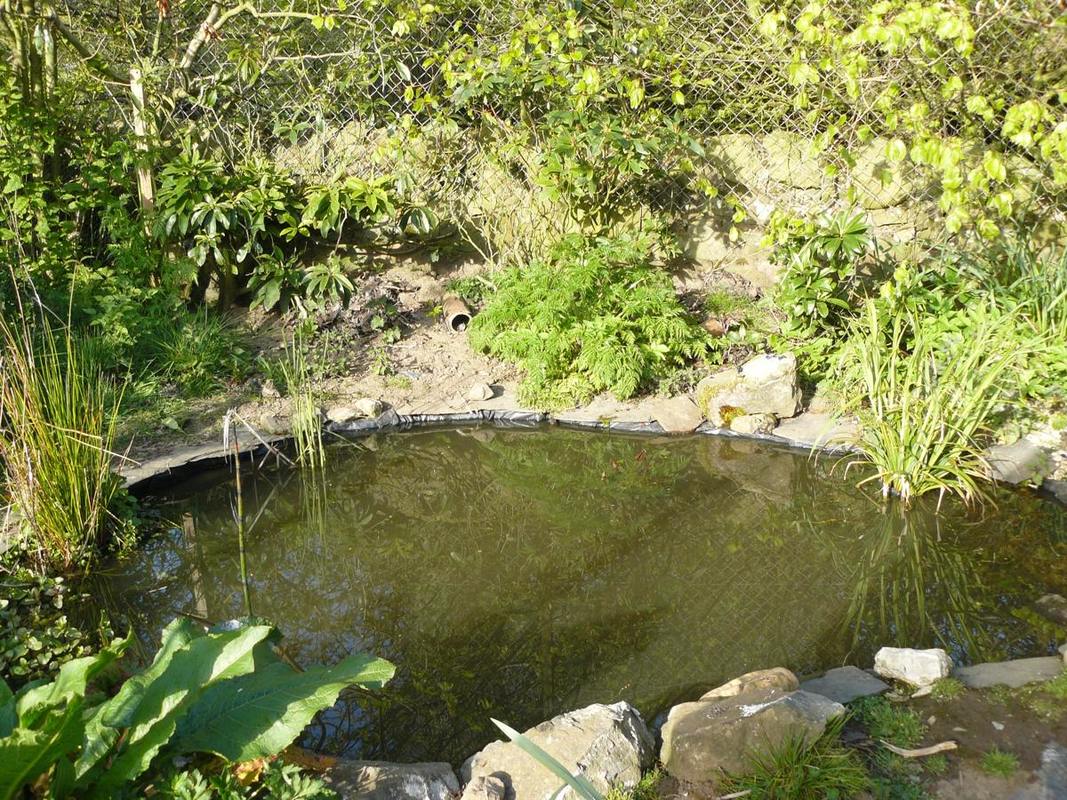|
A wildlife pond is a wonderful addition to almost any organic garden. If you are interested in gardening organically, then you will likely already know how important it is to attract a range of beneficial wildlife to your garden. A pond is a great way to do just that. The following information should help you to create a wildlife friendly pond for your garden: Choosing a Location for a Wildlife Friendly Pond
There are plenty of things to consider when you decide to create a garden pond, one of the most important of which is location. Where should you site your wildlife pond? It is important to think about the conditions where you live, and to choose the most suitable spot that your garden can provide. You should consider:
Shaping a Wildlife Friendly Pond Do not dig a large deep hole with straight sides. Try to keep the shape natural and vary the depth, with a deeper section in the middle, shallower sides and one end that slopes gently upwards to a sort of beach area. If there is not a gently sloping side, you will have to incorporate an 'escape route' for any wildlife that might fall into the pond and otherwise not be able to get out. Consider a natural looking pond with waving curved edges rather than an unnatural geometric shape. By varying depth and maximising edge space you will create a large number of beneficial little ecosystems. Lining Your Garden Pond If you want to be particularly eco-friendly and sustainable you could consider a very simple and natural clay lining for your pond, which is possible, especially if you have a lot of clay in the soil in your area. Alternatively, there are a range of pond liners on the market. If going for a plastic one, make sure you do all you can to ensure it has a long life and will last. Plastic waste is a problem. Filling Your Garden Pond If possible, use rainwater harvested from your roof to fill your pond. The addition of a bucket of water from a nearby watercourse or another garden pond in the area will give your pond a helping hand in establishing a viable ecosystem. Planting Up Your Wildlife Friendly Pond The plants you should choose for your pond will largely depend on where you live and what the local conditions are like. Wherever you live, however, there are four categories of water plant that you should place in your pond in order to create a perfectly harmonious and balanced environment. Those are:
Consider all the layers of vegetation in your pond as you would consider the layers in the rest of your garden. Aim to incorporate as many different aquatic and marginal plants as possible.
0 Comments
Leave a Reply. |
GROW ORGANIC!
|
|


 RSS Feed
RSS Feed




